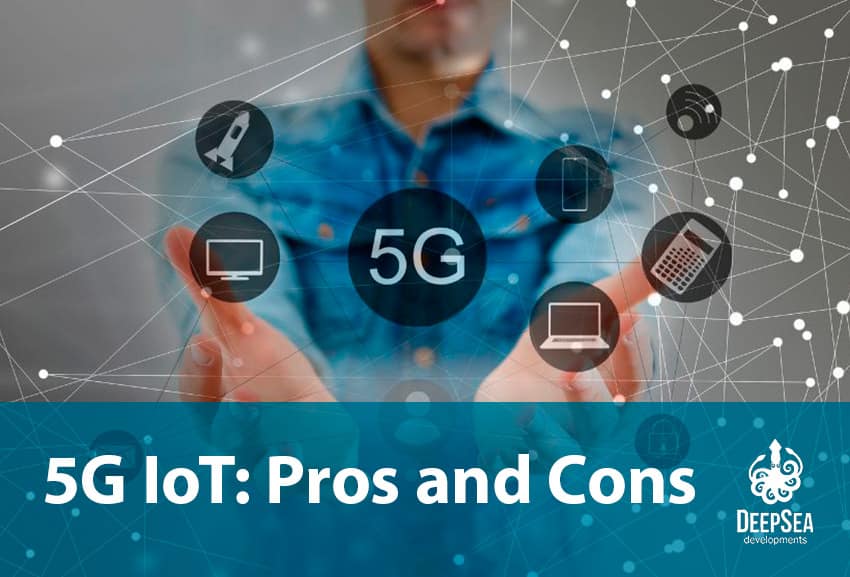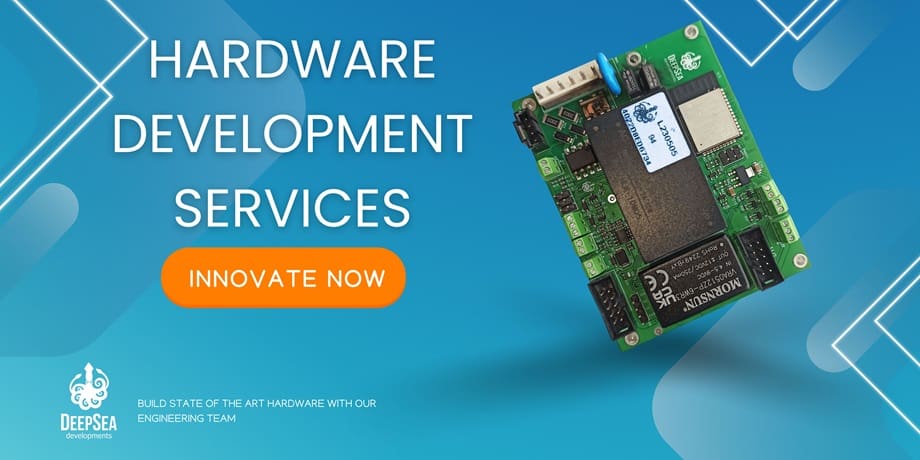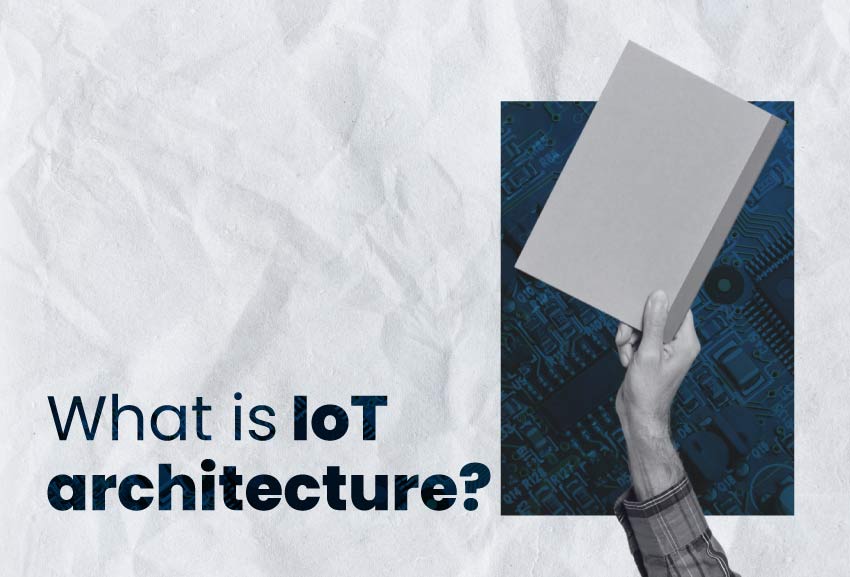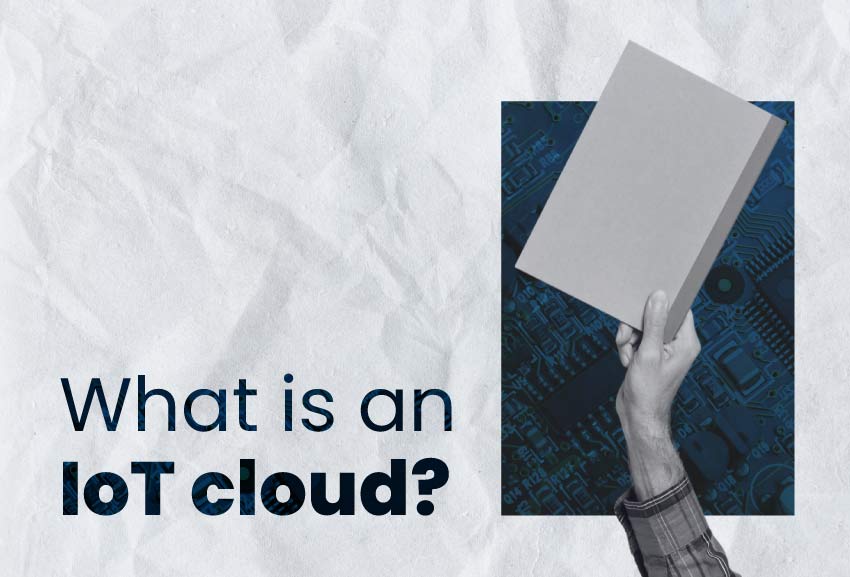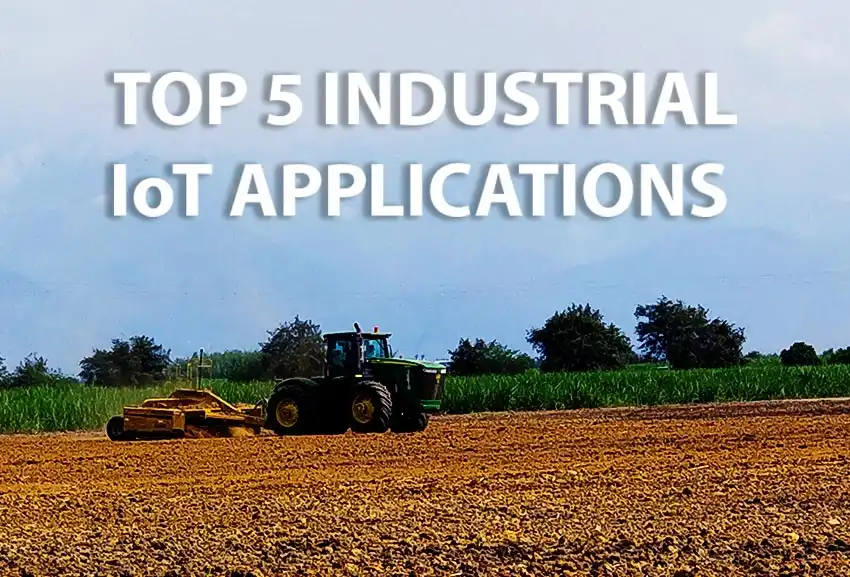Discover in this article the 5G IoT pros and cons. How useful these technologies are combined, and where you can find some applications.
What is 5G IoT?
5G IoT is the use of fifth-generation wireless technology to connect and enable a vast number of devices and sensors for various applications, offering faster speeds, lower latency, and greater efficiency in data transmission and communication.
Advantages of 5G IoT
The main difference between 4G and 5G lies in their capabilities. 4G, the fourth generation of wireless technology, offers fast data speeds in the megabits per second (Mbps) range and is primarily designed for mobile internet, making it suitable for tasks like streaming and web browsing.
However, 4G has limited capacity to handle numerous connected devices simultaneously. In contrast, 5G (the fifth generation) provides ultra-fast data speeds in the gigabits per second (Gbps) range. It not only supports mobile internet but also enables a wide range of applications, including Internet of Things (IoT), virtual reality (VR), augmented reality (AR), and more, thanks to its low latency and the ability to handle massive numbers of device connections.
5G improves IoT (importance of Internet of Things) in several ways, making it a powerful combination for various applications:
High-speed data transmission: 5G networks offer significantly faster data transmission speeds compared to previous generations; it is said that 5G is 10 times faster than LTE networks of today. This is crucial for IoT solutions that require real-time data processing, such as autonomous vehicles, ehealth, and augmented reality.
Low Latency: 5G networks provide ultra-low latency, reducing the time it takes for data to travel between IoT devices and the cloud (see IoT hub). This low latency is essential for industrial IoT applications, where split-second decisions in operations and automation are critical.
Massive device connectivity: 5G can handle a massive number of connected devices simultaneously. This is important for the IoT ecosystem, where millions of sensors, devices, and machines need to communicate with each other and central systems efficiently.
The exact number of devices that a 5G IoT network can connect depends on several factors, including the specific 5G network infrastructure, the frequency bands used, and the network’s configuration. However, 5G IoT networks have the capacity to support the connection of up to 1 million devices.
Network slicing: 5G allows for network slicing, which means that the network can be divided into multiple virtual networks, each tailored to the specific requirements of different IoT applications. This ensures that critical applications receive the necessary resources and priority.
Wider bandwidth: One key benefit of 5G is its capacity to boost bandwidth, ensuring the swiftest data transfer possible. Furthermore, opting for a 5G network allows mobile phone users to secure a faster connection with increased bandwidth.
Edge computing: 5G networks facilitate edge computing, bringing computing resources closer to IoT devices. This reduces the need to send all data to a centralized cloud, enabling faster processing and real-time decision-making at the edge.
What are the disadvantages of 5G IoT?
While IoT and 5G offer many advantages, they also come with a set of challenges and disadvantages. Some of the key disadvantages of 5G IoT include:
High infrastructure costs: Implementing 5G IoT requires significant infrastructure investments. Building the necessary network infrastructure and deploying 5G base stations can be expensive, particularly in less densely populated areas.
Limited Coverage: 5G networks, especially those utilizing higher-frequency millimeter waves, have limited coverage compared to 4G networks. This can result in coverage gaps in rural and remote areas, which may hinder the deployment of 5G IoT solutions in these regions.
Device compatibility: Not all existing IoT devices are 5G-compatible (See IoT devices examples). This means that organizations may need to upgrade or replace their current IoT devices to take full advantage of 5G capabilities, which can be costly. Here it is necessary to work on new prototypes that fully adapt to 5G.
Security concerns: The increased number of connected devices in 5G IoT networks presents new security challenges. Ensuring the security of data, devices, and network infrastructure is a critical concern, particularly for applications that involve sensitive information.
The absence of encryption during the initial connection phase exposes device information that could be exploited for targeted IoT attacks. This data provides hackers with insights into the network’s connected devices, including specific details like operating systems and device types (e.g., smartphone or vehicle modem), allowing them to strategize their attacks more effectively.
Privacy Issues: The vast amount of data generated by 5G IoT devices raises concerns about data privacy and how this data is collected, stored, and used. Regulations and policies need to evolve to address these privacy issues.
Energy consumption: 5G IoT devices and infrastructure can consume more power than their 4G counterparts, which can be a concern for battery-operated IoT devices.
In this case, it is necessary to work on energy efficient solutions that can easily combine IoT and 5G to perform well.
Accessibility gaps: The rapid adoption of 5G and IoT in urban areas may exacerbate the digital divide, leaving rural and underserved areas with limited access to advanced IoT services.
What is an example of 5G IoT?
5G technology plays a crucial role in enabling and enhancing various Internet of Things applications. One example of a 5G-enabled IoT application is smart cities, where 5G networks are used to connect and manage a wide range of devices and sensors for improved urban infrastructure and services.
For instance, the combination of 5G and IoT enables real-time data collection from traffic cameras, sensors, and GPS devices on vehicles (see IoT fleet management). This data can be used to optimize traffic flow, reduce congestion, and improve overall transportation efficiency.
Another example of IoT and 5G has to do with smart grids. 5G IoT helps in the efficient management of energy resources by enabling two-way communication between utility providers and smart energy meters. This allows for better load balancing, reducing energy waste and costs.
These are just a few examples of how 5G and IoT technology are transforming smart cities. You could find more uses in healthcare, water management, environment monitoring, among others.
We hoped you liked this article regarding IoT and 5G, as you could see, there are many pros that development companies can take advantage of for their new devices. On the other hand, they cannot forget that 5G disadvantages must be addressed to create better IoT products.
Other articles you might want to check related to Internet of Things:

